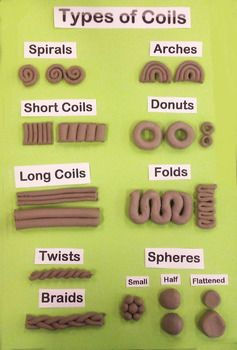Art Educators Respond to Globalization
- TheArtofMrsCastaldi

- Mar 8, 2019
- 3 min read

According to Ching-Chu Lin’s Beyond Visual Literacy Competencies: Teaching and Learning Art with Technology in the Global Age, “profound changes in the Internet, computer-based imaging, creative expression, cultural production capabilities, and in global computer-based communication networks now provide unprecedented avenues for creating, sharing, and consuming global culture, as well as influencing the ways in which individuals experience the world”. The contemporary art world, and learners requires different competencies and skill sets in schools today. The evolution of the technological world, and the pressures associated with the trend of the ever-evolving global society is requiring art educators to reflect, and change their own curriculum.
According to Flood & Bamford, the “ability to communicate visually is said to have become imperative in a digitally mediated society, not only because people’s lives are conditioned by the visual but because electronic technologies accelerate the use of visual and multimedia communications globally, in ways that necessitate attention to student skills in critical thinking and meaning-making”. Hence, the evolution of technology has provided both students and teachers with outlets, and resources to further their search for information at a much quicker pace. The once archaic method of going to the library to complete research, or waiting days or weeks to hopefully receive a written letter in response to a series of research question methods are no longer needed. Instead with the advancement of globally interconnected communities, teachers and students can benefit from an array of visual stimuli and being visually literate at an accelerated pace.
Art educator, Patty Bode opens up a discussion about the Sequoya people, and the lack of education that the American institutions are educating their students about global awareness. Although we are very much interconnected technologically speaking, we tend to see the idealized way of teaching, and not necessarily educating students on the change that carbon footprint needs to make. According to Bode, “knowledge among teachers and students needs to be viewed as a circulatory system requiring oxygenation”. Hence, learning can and should be an open circuit. One that is free-flowing, and ever informative. Bode raises a question on “how can the role of the art teacher and visual culture art education create a crossroads—an intersection—of multicultural education and postmodernism that could bring a tangible, recognizable motivation for change among art education communities”. Alike, I wonder from my own professional life as an educator how I can make a true life-long impact onto my students, and surrounding community. From my most recent trip to the National Parks of Utah, Arizona, and Nevada, I witnessed with my own eyes how an uneducated society about the important roles that nature play for use can cause destruction upon an item that has coexisted pleasantly for thousands of years on this earth. How can we as educators teach and enable our students to learn about ways to advance with the present trends, but still preserve the past?
Bode, P. (2009). The circulatory system of oil contamination, visual culture, and Amazon indigenous life. In E. M. Delacruz, A. Arnold, M. Parsons, and A. Kuo, (Eds.), Globalization, art, and education (pp. 269-277). Reston, VA: National Art Education Association.
Lin, C. C. (2009). Beyond visual literacy competencies: Teaching and learning art with technology in the global age. In E. M. Delacruz, A. Arnold, M. Parsons, and A. Kuo, (Eds.), Globalization, art, and education (pp. 198-204). Reston, VA: National Art Education Association.
Simms, M., & Carpenter, S. B. (2009). Putting the world together: Virtual globes and the changing nature of (digital) global representations. In E. M. Delacruz, A. Arnold, M.
Parsons, and A. Kuo, (Eds.), Globalization, art, and education (pp. 135-141). Reston, VA: National Art Education Association.


Comments